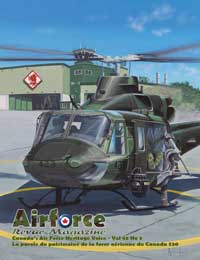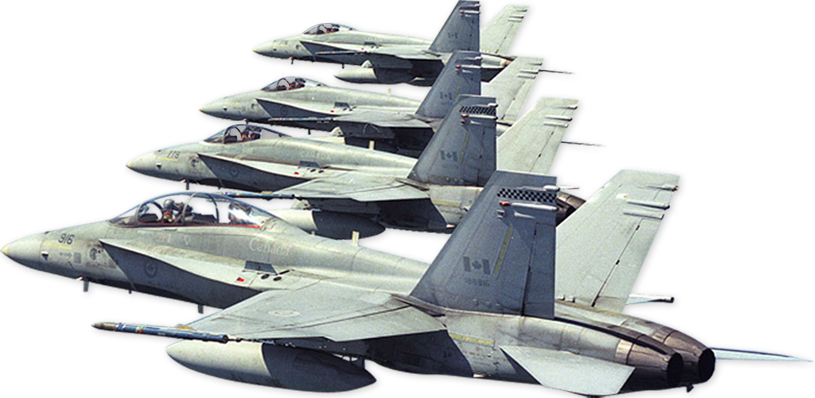AFAC POSITION PAPER 02/2009
Issue: Simulation and Environmental Stewardship
Background
- The cost of carbon-based fuels and their negative impact on the environment demands that all practical steps be taken towards expending them responsibly. Although these fuels are essential for military operations, their consumption should be governed to some degree by the environmental impact. This can be achieved through close attention to their efficient use and to the employment of alternative means for training and currency requirements.
- Simulation has evolved over the years to provide very high-quality capabilities for familiarization, training, and mission rehearsal. While there will always be some circumstances which cannot be realistically simulated, the quality of training devices has matured to the point where most situations can be effectively represented. The cost of these devices may appear at first glance to be high, but the benefits in enabling effective, efficient training are extensive.
AFAC Position
- The need for large quantities of carbon fuels to operate military aircraft has traditionally driven the air force to exploit the benefits of simulation. The need for this has never been greater for a number of reasons.
- The emphasis on reducing carbon footprint has captured the attention of the Canadian public and governments at all levels. DND must participate in reducing their footprint wherever practical.
- Notwithstanding the initial cost, acquiring and operating simulators is less expensive than actual flying. Savings can be applied to better, more comprehensive training or reallocated to other areas.
- For many aircraft fleets, where the operational life is typically 30-40 years, a comprehensive simulation facility, properly updated and maintained, can provide considerable cost and flying hour savings.
- With smaller fleets especially, simulators are often not procured for domestic installation. Rather, access is arranged with another owner to use their facility when needed. Alternatively, a simulator location may serve several dispersed units. While this may have some cost benefits for acquisition and operation, there are downsides to such an arrangement.
- When the simulator is located away from a main base, several days may be needed to travel to and from the site. The lost personnel time and cost of this may preclude crews from sessions which would then have to be accomplished in actual aircraft.
- When the user doesn’t directly control the curriculum or training modules, some inefficiencies in training may result.
- Where an operational aircraft is used to get to and from a simulator site, the flying hours spent may not be able to be used as productively as possible.
- Proficiency checks and instrument examinations may not be able to be done on a simulator if it has not been kept fully up to date.
- The chronic shortage of personnel will be aggravated if the most effective use of their training time is not made. Demographics suggest that this situation is not going to improve in the short term.
- To remain effective over time, simulators must be updated and maintained, and their configuration managed, to ensure that they do not become obsolete. This applies to any such devices, not those only used for aircrew training.
Messages
- Stewardship of the environment and reducing the carbon footprint is a collective responsibility shared by everyone, including the air force.
- The leadership taken by the air force in employing simulators, wherever practical, should be applauded and encouraged for other areas as well.
- Appropriate resources to enable the provision of a full, leading edge simulation capability should be given serious consideration for all large equipment projects.








